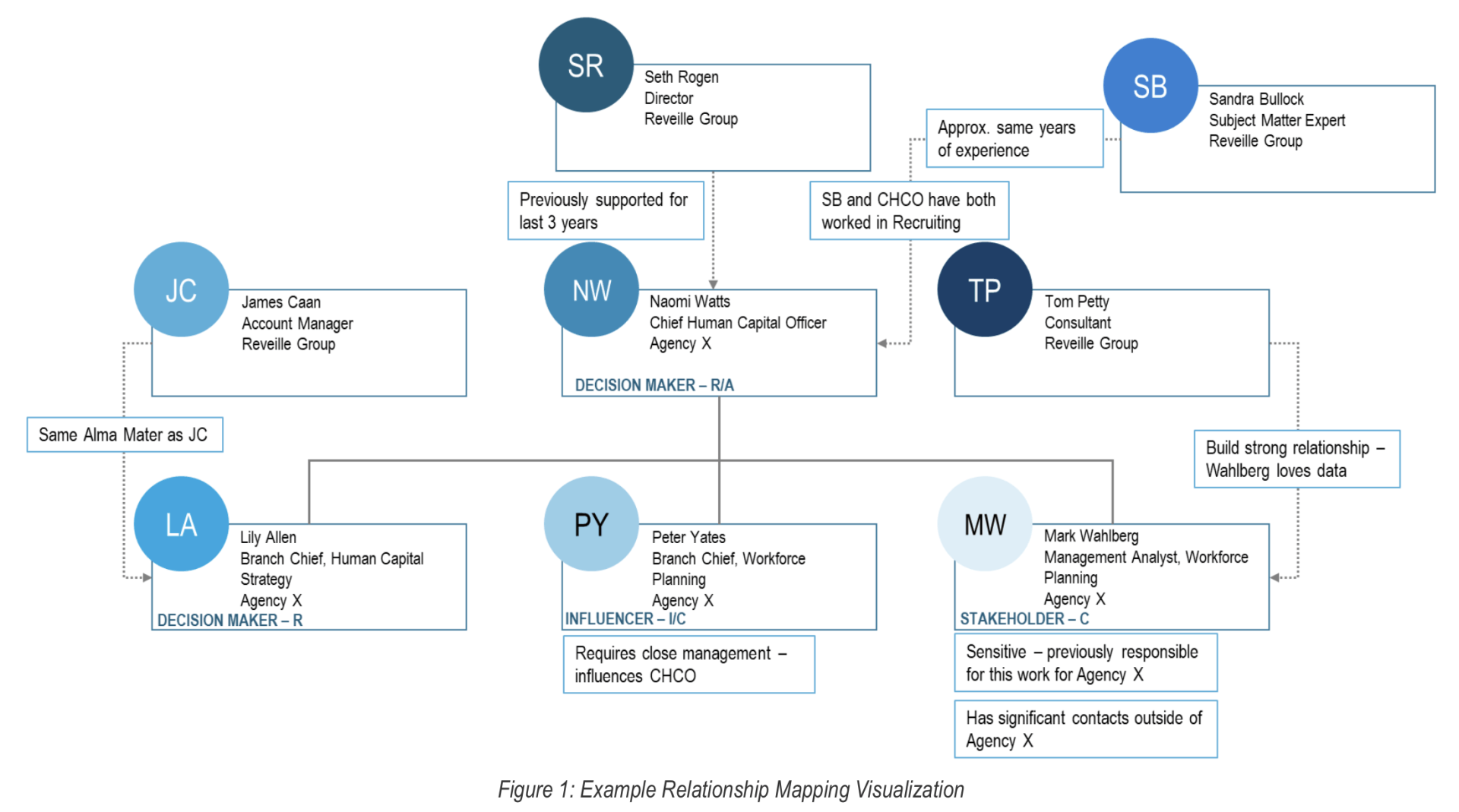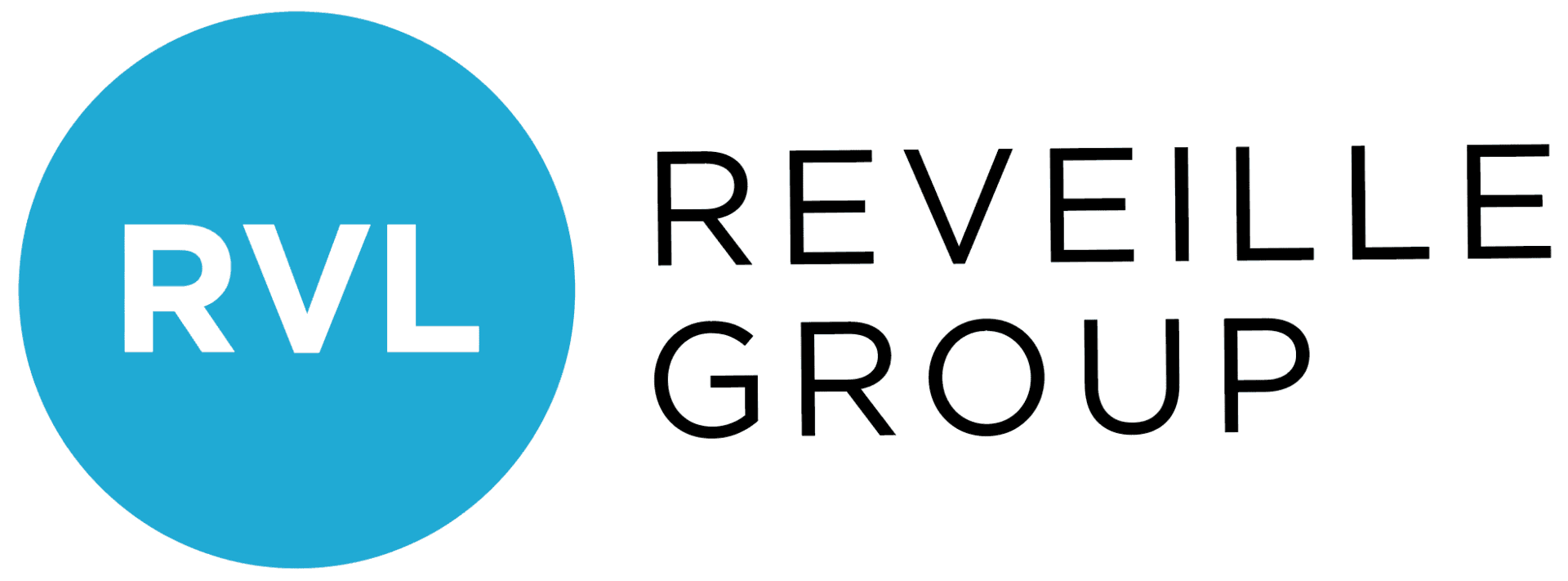Finding your Spirit Animal in the Federal Workplace
- By Jessica Congemi
- •
- 21 Feb, 2019
As consultants, we have the responsibility of being objective advisors to our clients but must do so in a way and manner that resonates with their culture, leadership, and stakeholders. When we are perfectly in tune with our clients, the opportunities for progress and optimization seem endless. However, this isn’t always the case. There will be times when you and your client are talking past one another and operating on different wavelengths. Typically, these types of client issues trace back to a breakdown in communication and/or common understanding. It is the most successful consultants that can recognize this breakdown and quickly adjust their own emotional intelligence (EQ) and communication style to fit the context and environment they are facing. They can do this because they already know their personality traits, their strengths, their weaknesses, those of their client, and have strong EQ – in other words, they know their spirit animal and those of their client.
EQ is an individual’s ability to recognize their own emotions and those of others, discern between different feelings, use emotional information to guide thinking and behavior, and manage and adjust to adapt to environments and achieve one’s goals. It has become a critical focus area for many organizations, to include those in the management consulting industry. As consultants aim to increase and improve their EQ and ultimately their connection with clients, it’s critical to realize that one size does not fit all. Meaning that the approach to realizing better EQ isn’t standard for every person – we’re all individuals, after all. Personality traits and position on the introversion/extroversion spectrum considerably impact emotional intelligence. Understanding how our traits affect our EQ is a first step to becoming our most effective selves.


While EQ is a flexible set of skills, personality is the stable style that defines us. It is hard-wired preference, to include inclination towards introversion or extroversion. Although personality can’t be used to predict EQ, it’s a consideration when understanding why we are the way we are and how we can grow our EQ. One trait is not better than another. For context, according to “Quiet – the Power of Introverts in a World that Can’t Stop Talking,” by Susan Cain, since the 1950’s, extroversion has been considered the more preferred trait (opposed to introversion) in that it often means inclination to social atmospheres, gregariousness, confidence, and better overall fit within society. While extroversion has its place and is very effective in forming relationships, achieving goals, etc. – it isn’t the only way to be effective. She also explains that people, who are in situations where they must exhibit a trait not core to their personality for extended periods of time, can experience stress, anxiety, and burn out (as if there weren’t enough things causing these symptoms, right?). It’s no surprise when we experience these symptoms, we’re not our best selves. And if we’re not at our best, how can we provide the best value to our clients?
The difficulty lies in recognizing when you may not be the most effective person for the job. We want to be successful, the one who can handle it all without fault, the one who naturally clicks with every client. It isn’t realistic,
and that’s okay. When we fail to recognize we’re not the best person for the job, it hurts our entire organization, not to mention the client. Ask yourself, can you form a realistic view of yourself? Do you truly understand your strengths and weaknesses (I’m not talking about the weakness that you “care too much”)? And do you have the personal courage, self-awareness, and integrity to admit when you may not be the most effective point of contact for a client? Although counterintuitive, we can boost our effectiveness even when we aren’t the right person for the job.
Seem like a lot to consider? It is. However, we can’t afford to remain blissfully unaware, especially if we aim to form effective teams and establish ourselves as leaders within our organizations and to our clients. As we strive to realize our most effective selves, we can leverage our spirit animals as a mechanism to channel various traits to reflect, understand, and act.
Bottom line - whether you aim to embody the group-oriented orcas, the introverted meerkat, the confident and strong brown bear, or a mix thereof, 1) focus on your ability to adapt to changing environments, 2) leverage the strengths of your team, and 3) increase value to clients. You and your clients will see the value in return!
